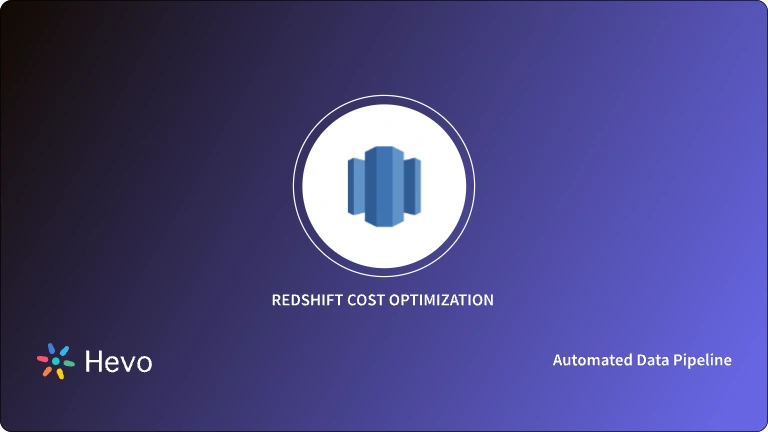Table of Contents
Building a Data Pipeline to Connect Facebook Ads to Redshift Using Hevo
Steps to Build the Pipeline for Facebook Ads to Redshift
Step 1: Configure Facebook Ads as your Source.
- Click on ‘Create Pipeline’ button.
- Search for ‘Facebook Ads’ and select it.
- Configure your Facebook Ads Account and select the Ad accounts you want to replicate.
- Finally, click ‘Continue.’
Step 2: Configure Objects
- Select the objects you want to replicate to your destination.
- Click on ‘Continue’ to move ahead.
Step 3: Configure Redshift as your Destination.
- Select ‘Redshift’ as your destination.
- Fill in the required connection details of your Redshift account.
- Now, click on ‘Save & Continue.’
You can refer to the official documentation provided by Redshift to get better clarity on setting up Redshift as your destination.
Step 4: The Final Step
- Give a suitable Table prefix.
- For the final step, click ‘Continue’
And that’s it! You are done creating a pipeline to connect Facebook Ads to Redshift.
FAQ on Connecting Facebook Ads to Redshift
1. How do I extract data from Facebook ads?
You can extract data from Facebook Ads using Facebook’s Ads API or with tools like Hevo, which connect Facebook Ads data directly to your analytics platforms.
2. Does Amazon allow Facebook ads?
Yes, Amazon allows sellers to use Facebook Ads to drive traffic to their product listings or storefronts on Amazon.
3. Is it legal to extract data from Facebook?
Extracting data from Facebook is legal as long as you follow Facebook’s terms of service and use their official APIs. Unauthorized scraping is against Facebook’s policies.





